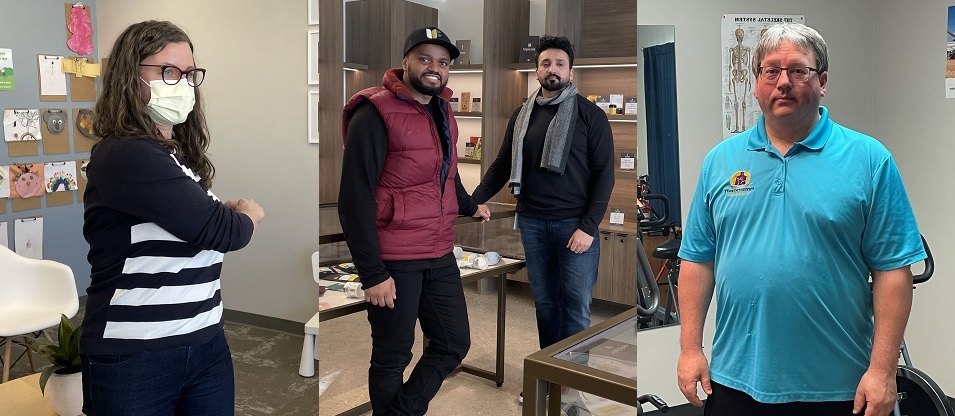
When you walk, more than 200 individual muscles spring into action, including all the muscles in your spine and pelvic area. Walking is easy and offers many benefits to your overall health.
Walking helps promote healthy weight. It integrates the use of the arms, legs, and torso so that hundreds of calorie-burning muscles are used. Walking as little as 30 minutes burns 200 calories and can result in an increase in calorie consumption for up to 12 hours. According to studies, women who walk have less body fat than those who don’t. By maintaining a healthy weight, you can decrease your chances of having weight-related health and back issues.
Walking improves mobility and flexibility. One of the biggest issues people have with their backs is tightness or stiffness, which results in pain and discomfort. Walking strengthens and tones your legs and abdominal muscles. This increases your range of motion, shifting pressure and weight from your joints and helping to lessen arthritic pain. You’ll be surprised by how quickly you start feeling more mobile and less tight when you start to walk regularly.
Walking promotes better circulation throughout your body, including your spine. This helps bring blood flow to the muscles and soft tissues around the spine. Walking also wards off heart disease, brings up the heart rate, lowers blood pressure, and strengthens the heart. Women who walk 30 minutes a day reduce their risk of stroke by 20 to 40 percent when they step up the pace.
Walking improves memory and nerve function while slowing down mental decline. Studies show that age-related memory decline is lower in those who walk more. Walking more than 20 minutes a day reduces the incidence of dementia and Alzheimer’s disease by 50 percent compared to those who walk less. In younger people, walking and exercise has been shown to improve their grades in school.
Walking adds years to your life. Research shows that those who exercise regularly into their fifties and sixties are 35 percent less likely to die over the next eight years compared to their non-walking counterparts. Walking and exercise programs reduce the incidence of disability in people over 65.
What’s not to like about walking? It’s free, easy on the joints, and helps you be the best, healthiest version of yourself.



















